
Key Points
- Some must-have EV accessories make charging less stressful
- BYO AC charging cable is essential
- PlugShare is a vital app for all EV owners
If you’ve just made the switch to (or considering) an electric car, there’s a few extra accessories that would make owning one much easier and stress free.
Public charging remains a key barrier to adoption, which is why recharging at home is the easiest and most cost-effective way to own an EV.
But, if you need to top-up while on-the-go, which five best EV charging accessories are essential or worth considering?
Type 2 to Type 2 cable
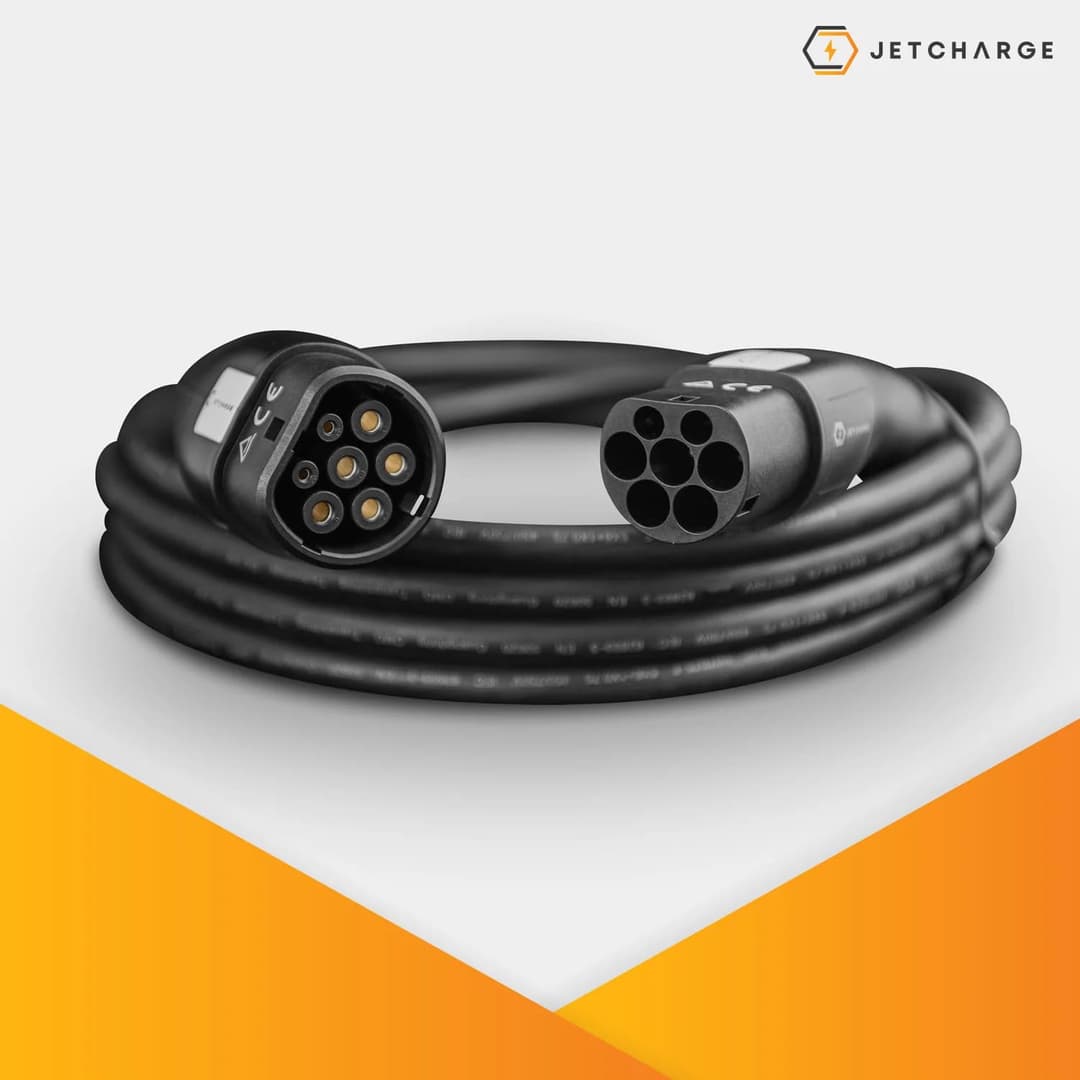
A three-phase Type 2 to Type 2 portable charging cable is an essential charging accessory for all EV owners.
Some models include it for new buyers, including the Cupra Born electric hatch and Mitsubishi Outlander PHEV family SUV. But older models, such as the first-generation Nissan Leaf and older BMW i3 examples, require a Type 2 to Type 1 adapter cable to fit their charging ports.
It’s a must-have as many public slow AC chargers don’t have a built-in cable and therefore require you to bring your own (BYO) cable.
Not having a ‘Mode 3’ portable cable means potentially missing out on a charging opportunity, which can be particularly stressful on road trips or when you’re almost empty. AC chargers are also better for your battery health, provided you’re not in a rush.
Depending on the onboard charger and station power output capabilities, it can recharge an electric car from empty in a few hours.
On the other hand, newly-delivered Tesla Model 3 and Model Y EVs don’t include a Level 1 three-pin trickle charging cable anymore, so it’s another must-have accessory.
Remember to purchase a cable from a reputable retailer, such as from the car manufacturer directly, EVSE Australia or Jet Charge to ensure it is safe to use.
RFID charging card
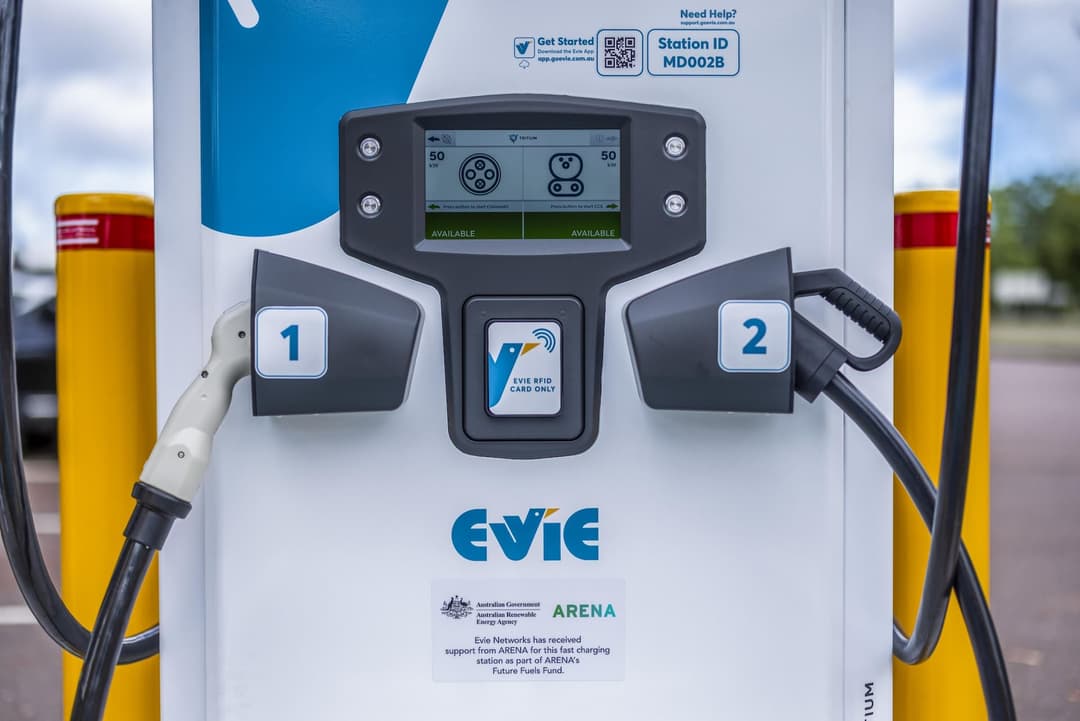
An RFID membership charging card is a handy accessory essential for EV owners to easily start a public charging station session, without the need to use a smartphone application.
Sometimes, a charging location may have poor cellular reception, your phone may be low on battery or the charging provider’s app could be slow and buggy at times.
Therefore, the credit-sized card is the most convenient and quickest way to start charging with a simple tap on a compatible AC or DC station (and the mobile app can be a backup).
Evie Networks currently offers free RFID cards to order, whereas Chargefox’s card costs $10. Most RFID cards aren’t locked to any provider, so you can link one Evie Networks card to any charging provider that supports it (including Chargefox).
You’ll still need to download the provider's respective mobile apps, sign-up an account, and add a payment method to link the RFID membership card.
AC wall box charging station
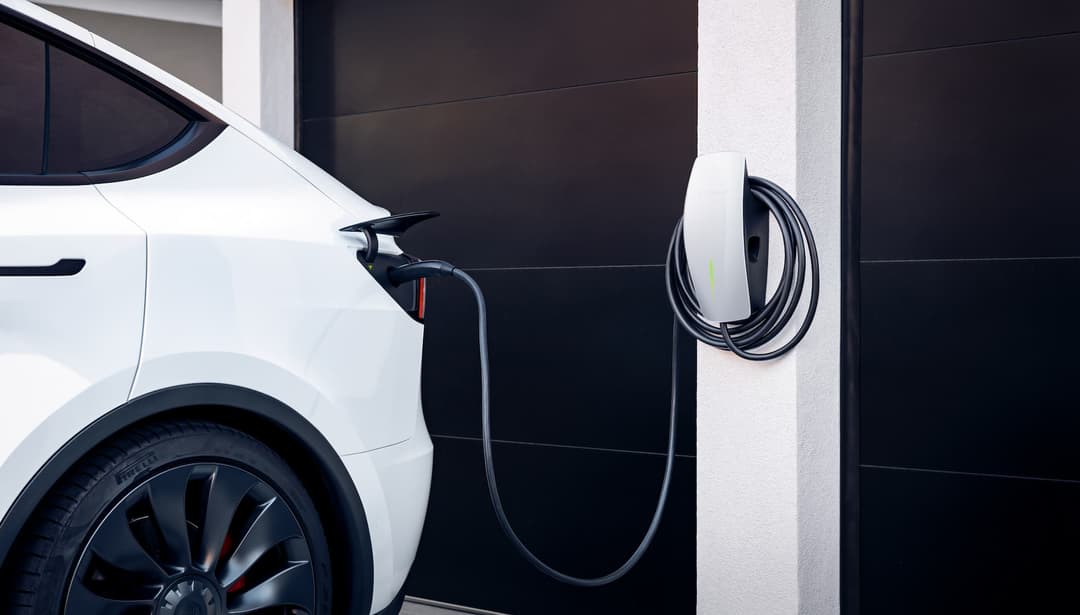
A Level 2 AC charging station is worth considering – if you drive long distances every day and need to use the full EV battery range capabilities regularly. They can provide charging speeds up to three times faster than a standard power outlet.
Also called an EV wall box charging equipment, it allows owners to have a fully charged battery in just a few hours (or overnight) via a single-phase 7kW or three-phase 11kW connection.
Wall boxes are also safer than Level 1 trickle charging cables with weather protection, electricity load management and some models even offer smart charging, so it can automatically start charging when there’s free energy generation from solar panels.
However, it does require an installation process and, depending on the age of the home or work location, it may only be able to feed single-phase 7kW power or be incompatible with Level 2 charging equipment at all.
If you don’t drive your EV every day and a fully charged battery provides enough driving range for your needs, then only a Level 1 trickle charger might be needed.
PlugShare app
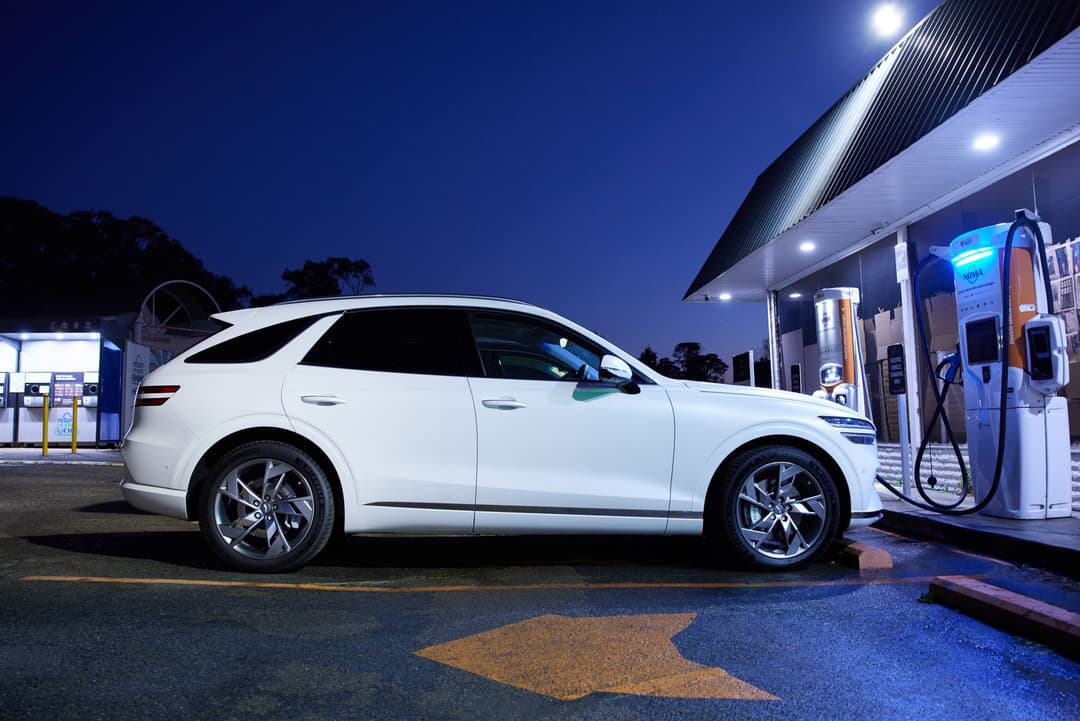
It might not be a physical accessory per se, but the PlugShare app is essential for any EV owner.
Besides installing and signing up to charging provider’s apps, PlugShare is a community-driven Google Maps for EV drivers to locate nearby public charging stations, see user comments, and pictures.
Importantly, it has a waiting queue feature when charging hubs are busy and allows you to see whether other EV owners have reported the charger as faulty or being more troublesome (though keep in mind not all comments are reliable).
ABRP app
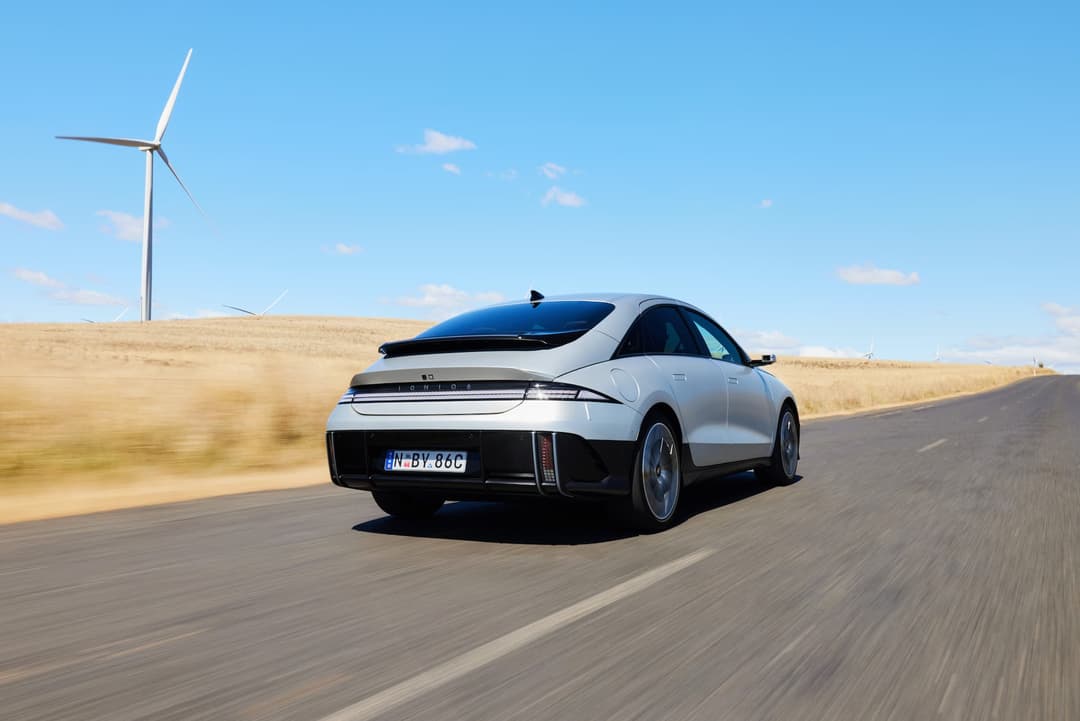
If you’re venturing on longer road trips beyond your vehicle’s range capabilities and need to rely on public charging infrastructure, A Better Route Planner (ABRP) is an essential app to have.
It pre-plans charging stops with major charging providers along your route (plus estimates how long you need to charge), according to your EV model, battery percentage and other preferences you input in on the free version of the app.
It’s not required for Polestar and Renault’s Android Automotive system since the feature is built-into Google Maps (further eliminating ‘range anxiety’ on long trips), but Tesla owners may consider it since its mapping system only routes drivers to its own convenient, though costly, Supercharging network.
Read more
👉The Ultimate Beginner’s Guide for Electric Cars
💵Electric Car Incentives in Australia: State by State Guide (2023)
About the author
Stay up to date with the latest EV news
- Get the latest news and update
- New EV model releases
- Get money savings-deal

